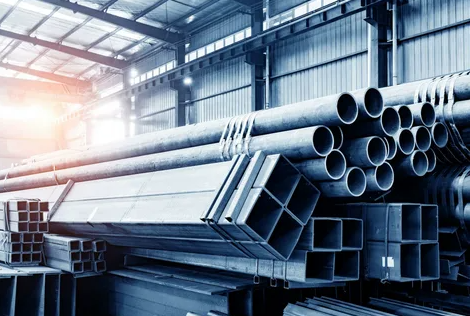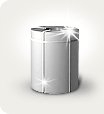This is 60% more than in June 2024, and 32% more than in May 2025. For the first half of the year, exports amounted to 32,569 tons - an increase of 11.9% in annual terms.
Despite the restrictions on export of seven rare -earth elements introduced in April, China reached agreements with the United States in June and announced the readiness to accelerate supplies to the EU. This is important against the backdrop of the Western concern about the stability of the supply chains in critical sectors in 2024 almost half of the rare -earth metals imported into the EU came from China (46.3%), almost a third of Russia, 20% from Malaysia. In order to reduce dependence, the EU adopted a law on critically important raw materials: it is planned to extract 10% of the rare -sounds within the union, 15% - to process, and the share of one country in supplies should not exceed 65%.
rare -earth elements (in total 17) are necessary for modern technologies: terbies - for magnets in electric motors and windyers, cerium and lantan - for accumulators and lantan - for accumulators and lants. Neutralizers, European and ites - for LED and displays. Although these elements are common, industrialized deposits are extremely rare.






